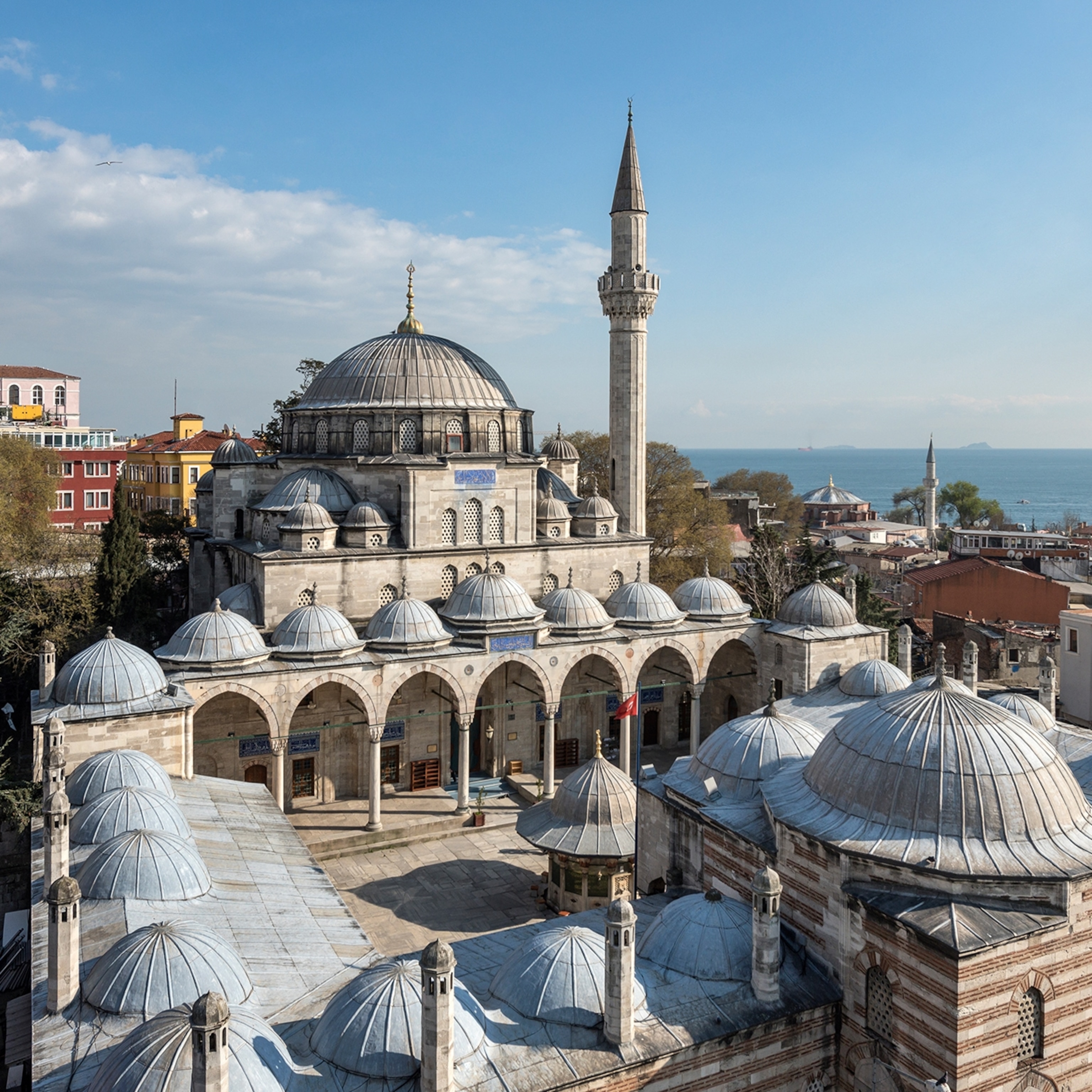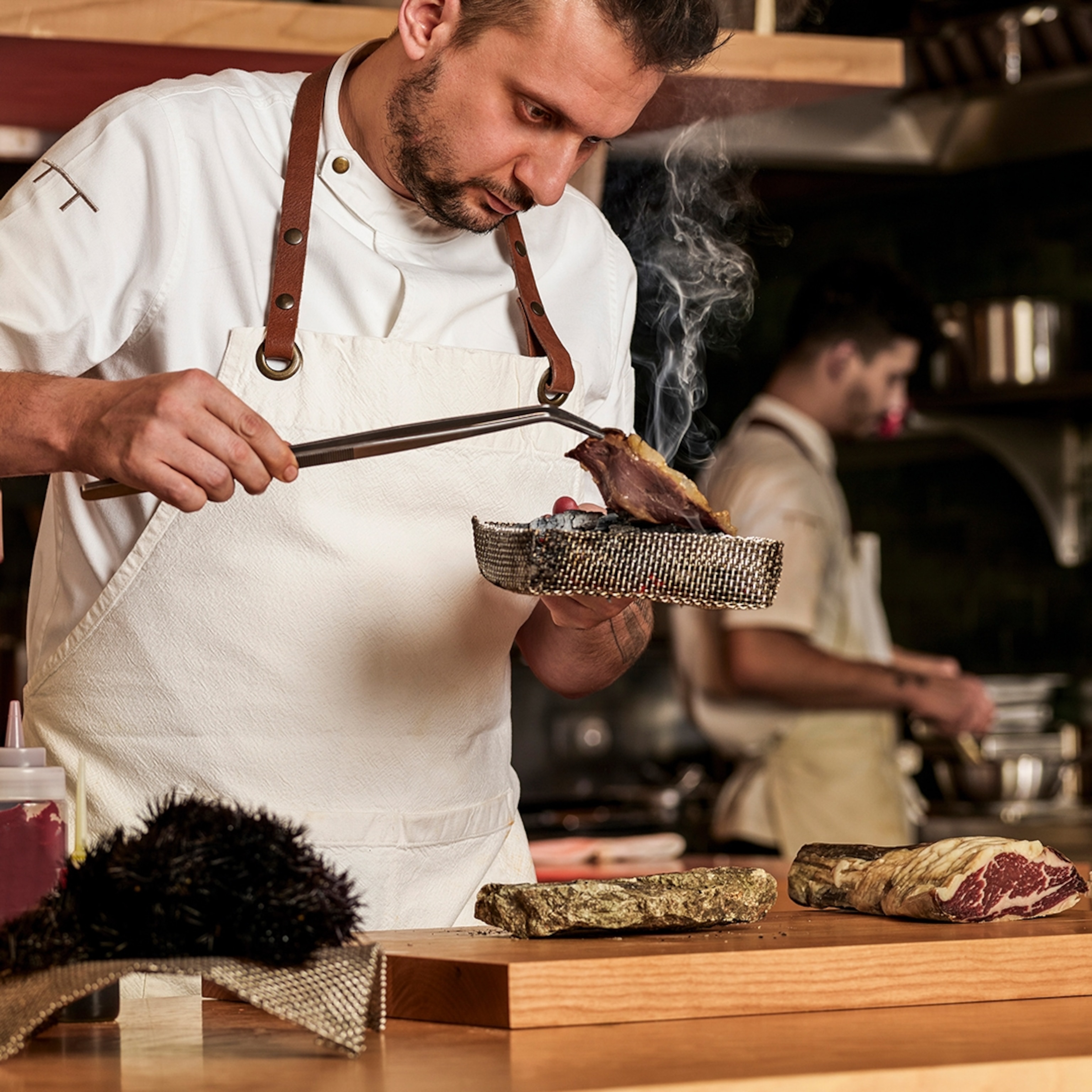
Istanbul: Eye of Delight
Explore the rich tapestry of tradition, artisans and craft that make Istanbul such a vibrant and inspiring place to visit.
The historical fountain of Sultan Ahmed III is found in the great square in front of the Imperial Gate of Topkapı Palace in Istanbul. The palace, built by the Ottomans, served as the sultans’ headquarters and main residence in the 15th century. The fountain was added in 1728. Originally built to enable visitors to wash before they reached the main gates of the palace, it became a central meeting place and social hub. Visitors could rest here after a long journey to see the sultan, water their animals, and prepare themselves for their meeting.
Bosphorus Strait

The Bosphorus Strait is an important body of water that marks the meeting of European and Asian Turkey. The city of Istanbul, with its 17 million inhabitants, straddles the water, and the best place to take in the watery side of the city is from the Galata Bridge. Part of the experience is seeing the night city come to life with the sinking sun and the mosques atop the seven hills silhouetted against the sky.
Maiden's Tower
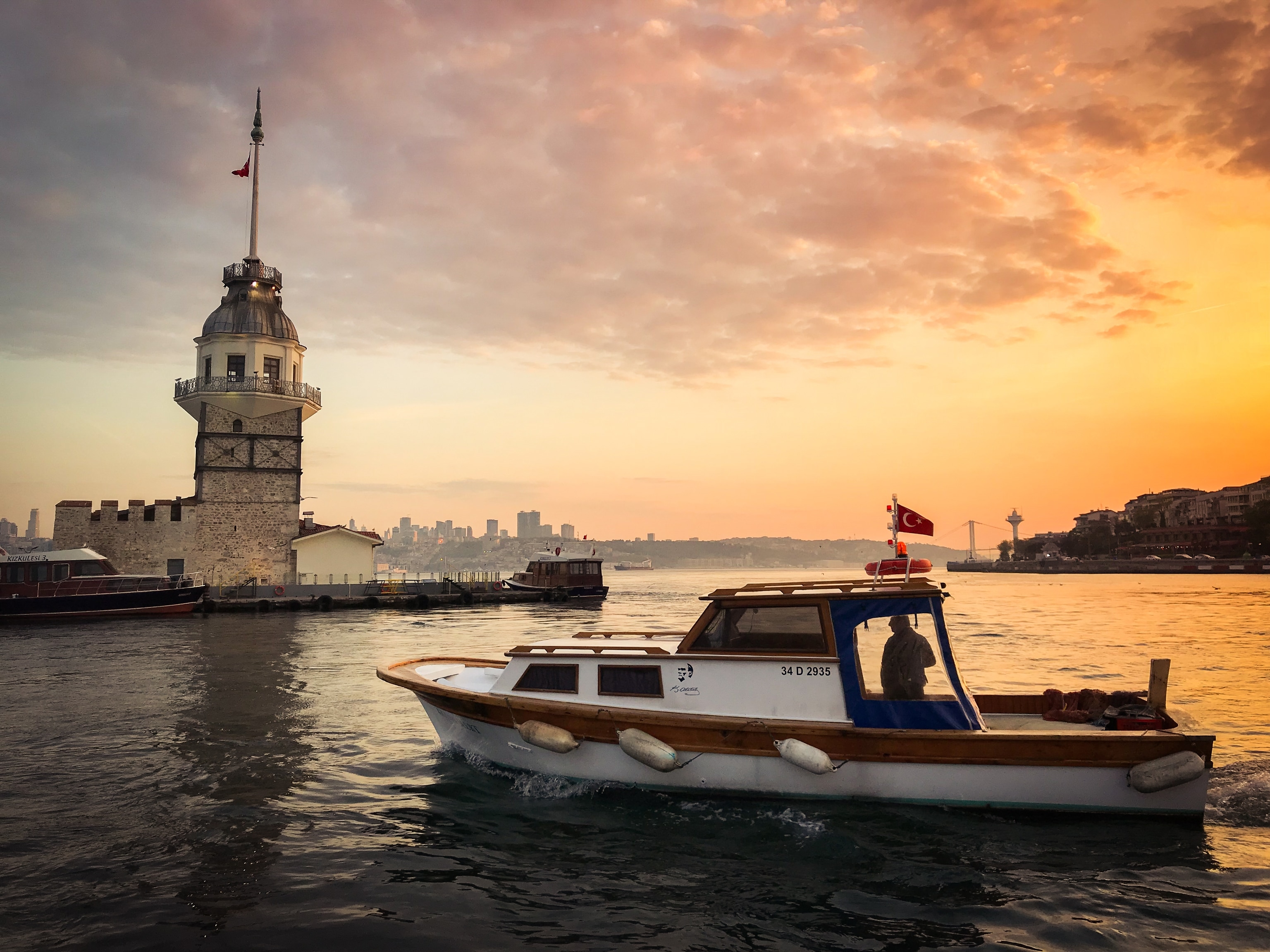
At the southern entrance to the Bosphorus Strait is the Kizkulesi Tower, which translates as ‘Maiden’s Tower.’ Legend has it that it was built by a Byzantine emperor, after hearing a prophecy that his daughter would be killed by a snake at the age of 18. He had the tower built on a rock in the river for his daughter to live in to keep her safe, but a snake hid in a fruit basket brought from the city, bit the princess, and killed her. The tower has been renovated several times and today there is a restaurant in the first floor and a café at the top of the tower with 360-degree views of the Bosphorus and the old city.
Otağtepe Park
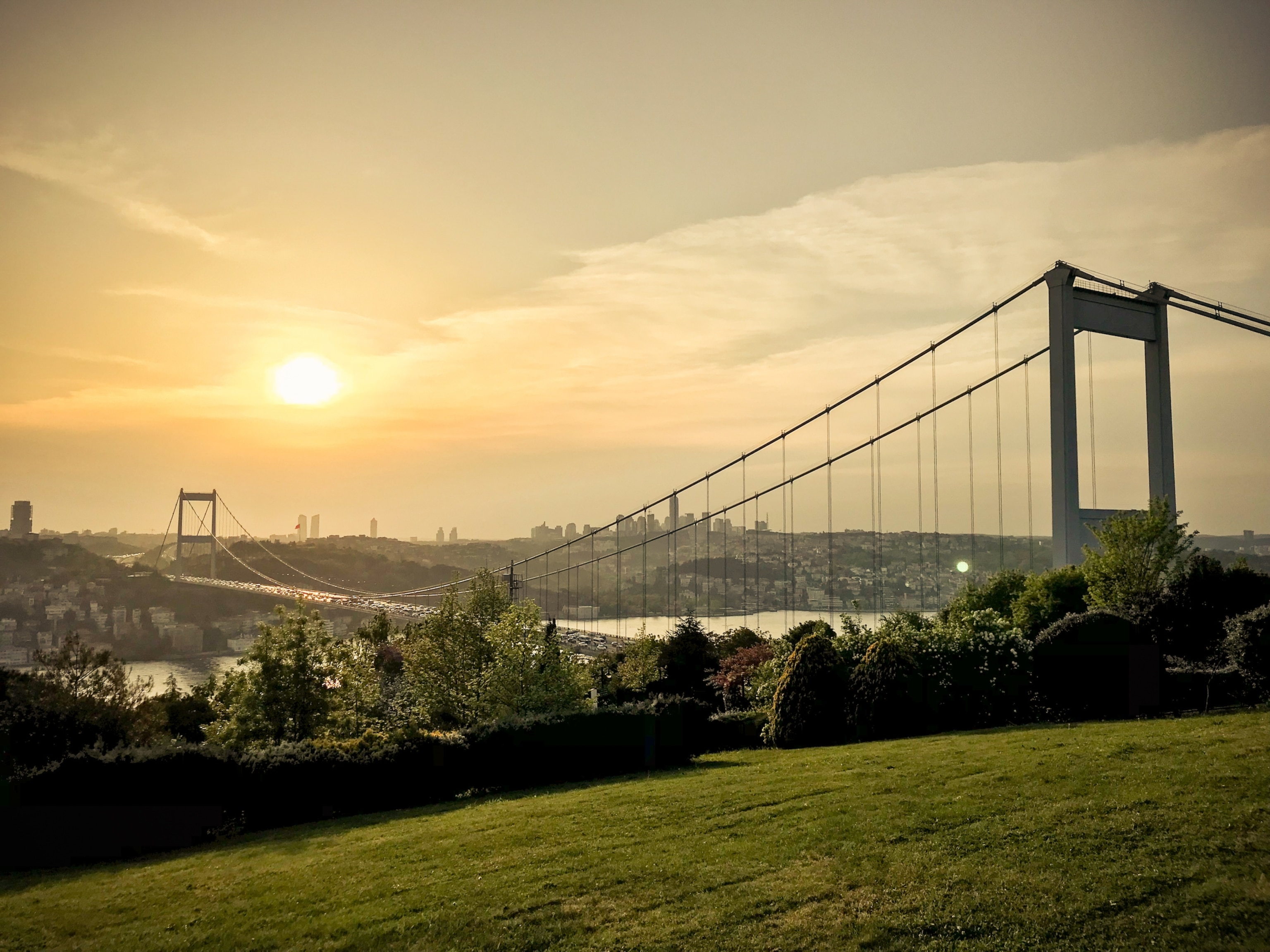
One of the best views of Istanbul is from Otağtepe Park on the Asian side of the city. It overlooks the Fatih Sultan Ahmet Bridge, the Bosphorus, and in the distance you can just see the Bosphorus Bridge. The word Otağ means imperial tent and the park was given the name to honor Ottoman Sultan Mehmed's conquest of Constantinople.
The Blue Mosque

The Sultan Ahmet Mosque is known as the Blue Mosque thanks to its striking hand-painted blue tiles that decorate the interior walls. At night the tiles reflect in the lights and the mosque is bathed in a blue glow. Built between 1609 and 1616, during the rule of Ahmed I, the mosque is an impressive structure, with five main domes, six minarets, and eight secondary domes. It is found in Istanbul, next to the Hagia Sophia museum, which was previously a church and later a mosque.
Galata Tower
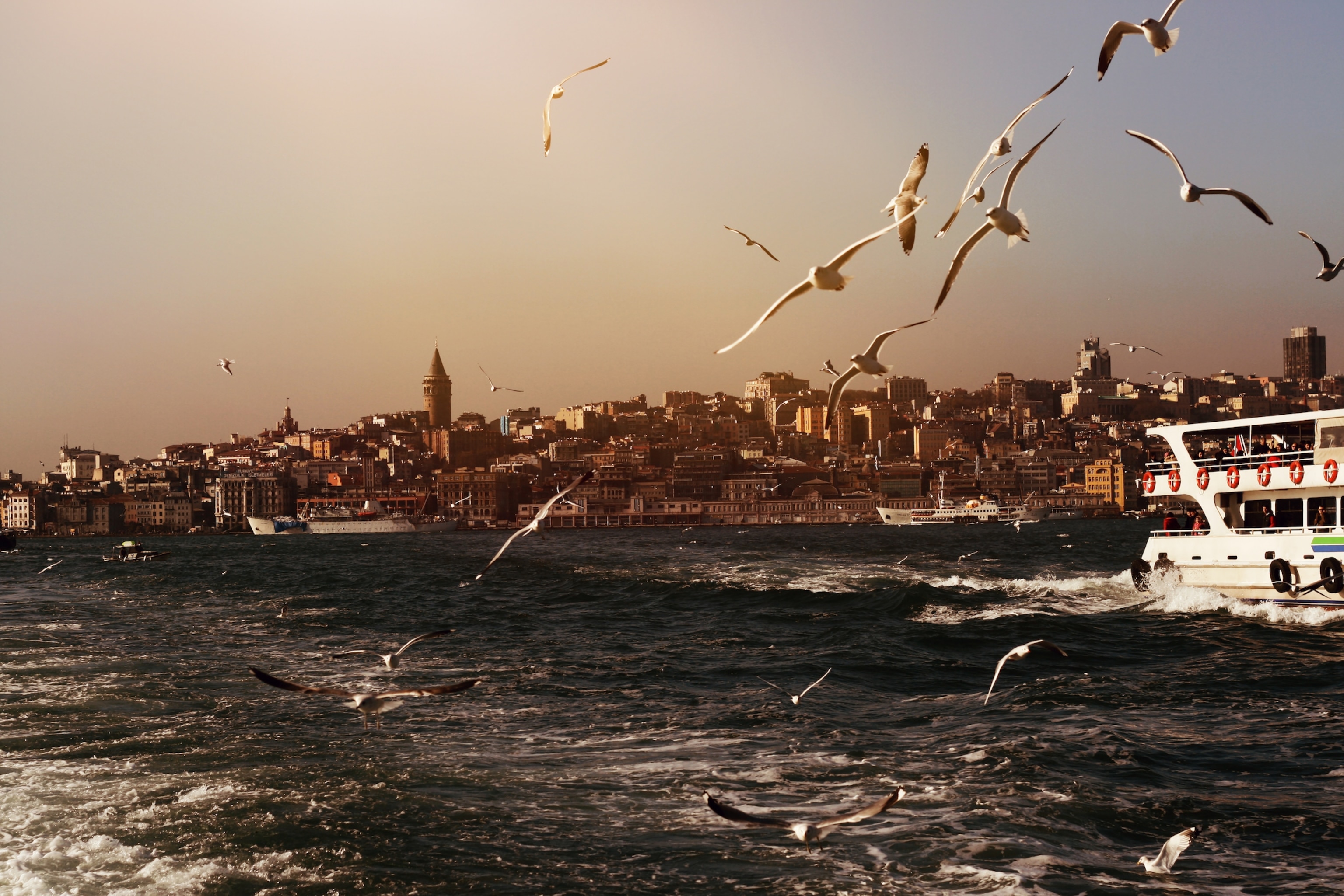
A great way to get to grips with the city is by boat. Passenger ferries traverse the 32 km (about 20 miles) strait that stretches from the Sea of Marmara to the Black Sea. It is a brilliant way to observe the differences in the east and western sides and catch vistas of the city. You can see the nine-story, circular Galata Tower, built in 1348 by the Genoese, poking out above the skyline. It was built at a time when Genoa and Venice were jostling for trade and commercial authority, and is an example of Genoa showing off its wealth and influence.
Ortaköy Mosque
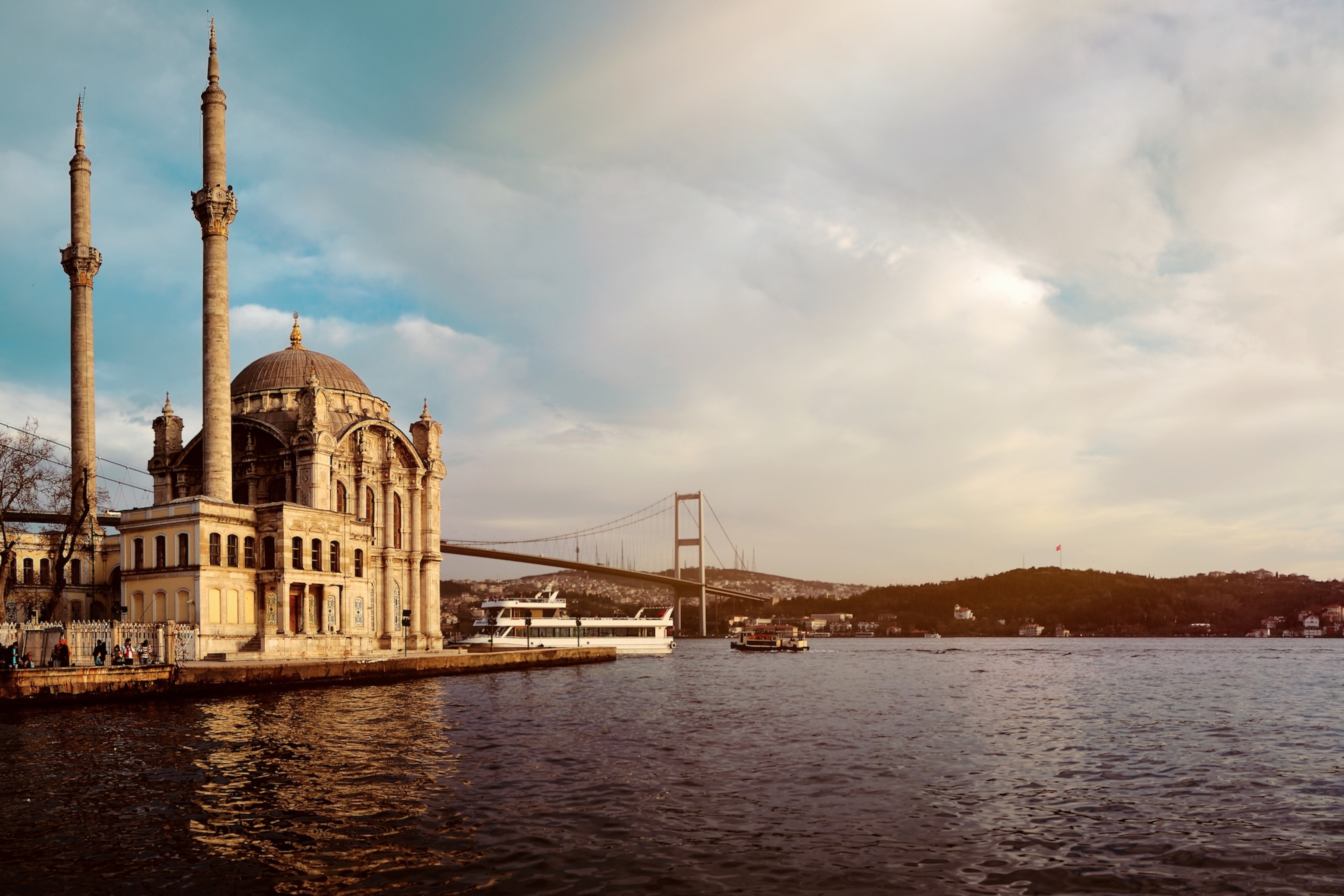
On the Ortaköy pier square, one of the most visited locations along the Bosphorus, is the Ortaköy Mosque (the Grand Imperial Mosque of Sultan Abdülmecid). On the site originally was a masjid built in 1721, that was later destroyed in an uprising. A replacement mosque was ordered by the sultan. Designed in the Neo-Baroque style, by a father-and-son architecture team, the current mosque was erected between 1853 and 1854, and still stands impressive on the water’s edge.
İstiklal Avenue
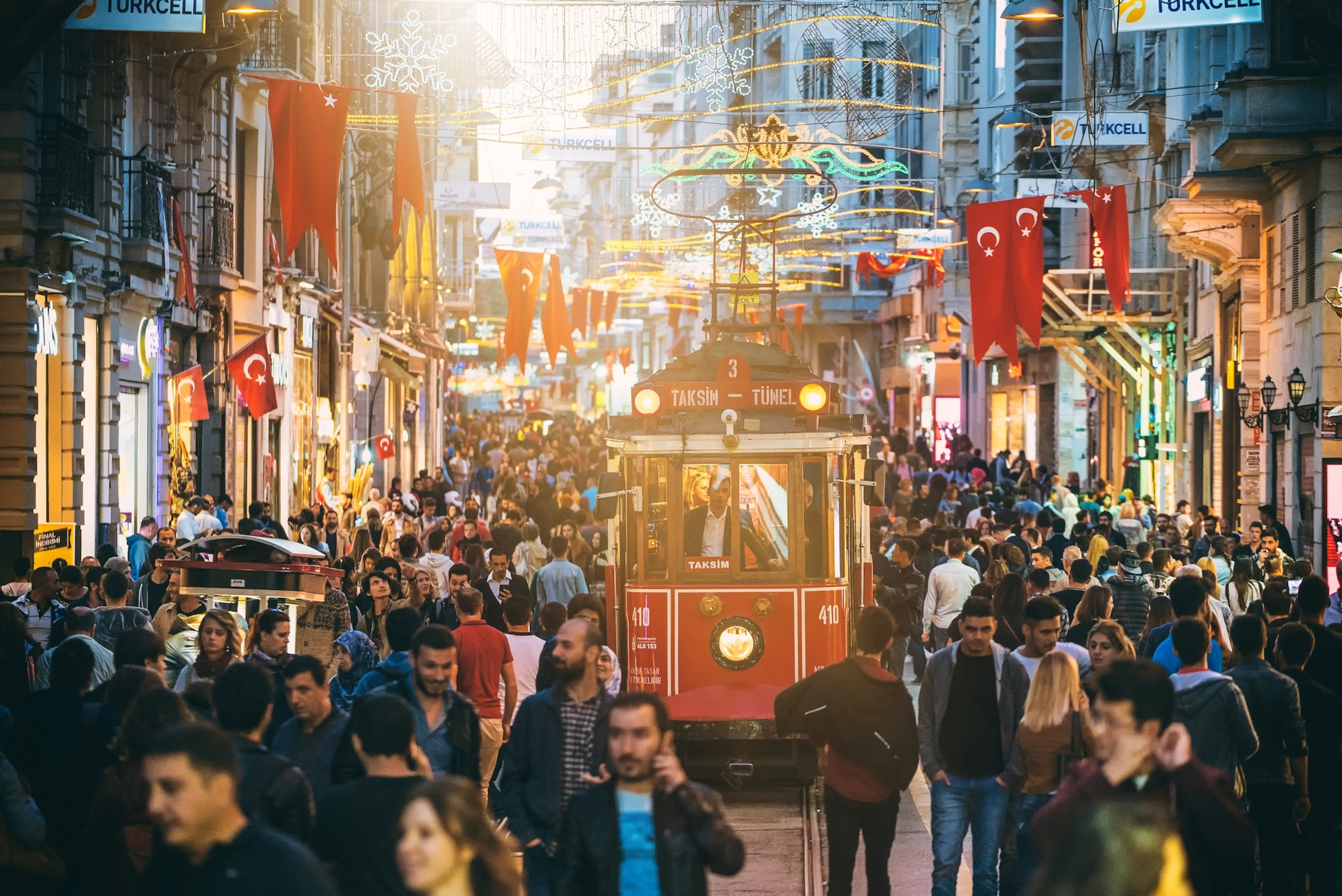
This is one of the most famous avenues in Istanbul, with nearly three million people traversing its 1.4km (0.86 mile) on Saturdays and Sundays. It is a fascinating walk, surrounded by late Ottoman-era buildings from the 19th and 20th centuries, in an array of architectural styles from Neo-Gothic to Art Deco. Perhaps the most interesting element, though, is that at the southern end of the avenue is the world’s second-oldest underground station - known simply as Tünel (The Tunnel), it began service in 1875.
- National Geographic Expeditions
Golden Horn
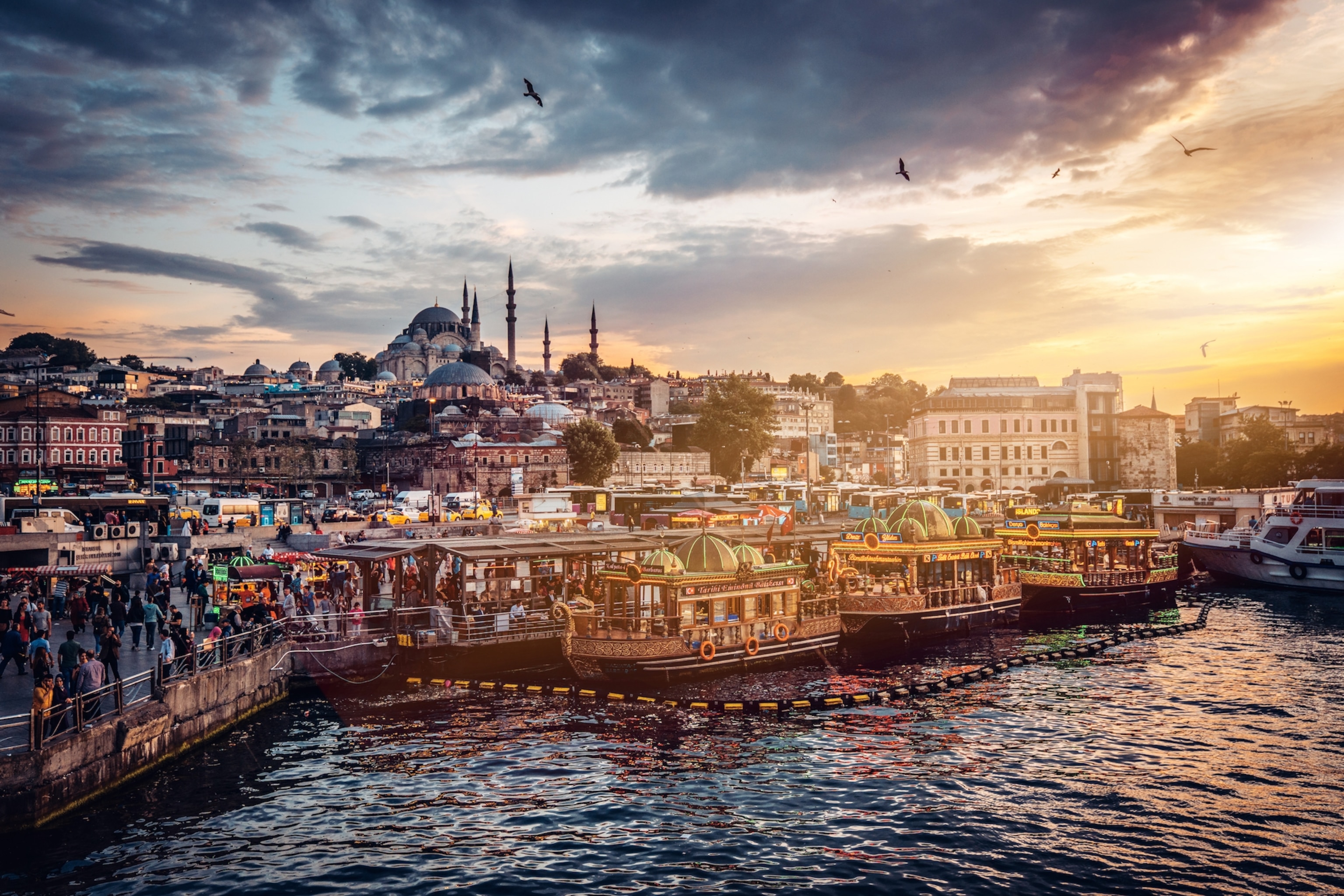
Brightly colored, highly decorated balık-ekmek (fish sandwich) boats serve fresh fish to visitors in the Golden Horn, under the shadow of the Süleymaniye Mosque and across from the Yeni Cami Mosque (New Mosque). It is a dining experience that gives a visitor one of the most authentic food traditions in the city. For over a century, fishermen have brought their catch from the Bosphorus and the Sea of Marmara to Istanbul's Galata Bridge over the Golden Horn for sale.
Bosphorus Bridge

The Bosphorus Bridge is one of two bridges that spans the entire Bosphorus Strait, connecting the European and Asian sides of Istanbul. It was completed in 1973 and was heralded as the first bridge between Europe and Asia since the pontoon bridge of Xerxes in 480BC. The bridge is usually just for road traffic, but once a year, in October, it opens to pedestrians for the Eurasia Marathon - where runners can cross from one continent to the other.
